cloches
11 years ago
Related Stories
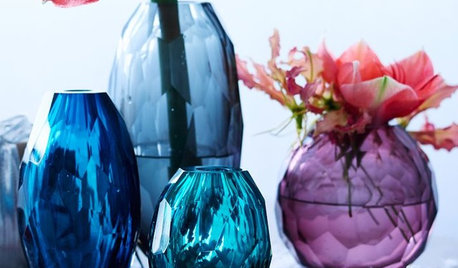
PRODUCT PICKSGuest Picks: Captivating Coffee Table Accessories
Set out these quirky or colorful pieces and watch your coffee table become the center of attention
Full Story
SHOP HOUZZShop Houzz: Deck Your Walls With a Touch of Glitz
Holiday time is the right time for walls that sparkle and shine
Full Story0

HOUZZ TOURSMy Houzz: Comfortable Country Style in Cincinnati
Warm colors, extra rooms and plush furniture make a couple's farmhouse-style home worth sharing with guests
Full Story
HOUSEPLANTSMaidenhair Fern Brings Lacy Grace to a Room
Give this houseplant damsel lots of water and humidity, and a happy ending can be enjoyed by all
Full Story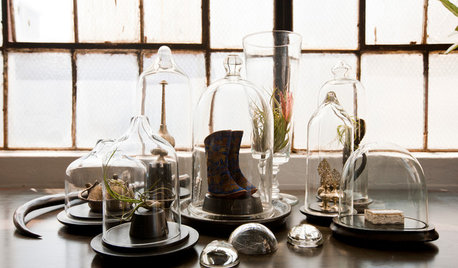
DECORATING GUIDESSo Your Style Is: Curiosity-Cabinet Chic
Create an uncommon mood that whispers of adventure by showing off your treasures in an intriguing way
Full Story
WINTER GARDENINGExtend Your Growing Season With a Cold Frame in the Garden
If the sun's shining, it might be time to sow seeds under glass to transplant or harvest
Full Story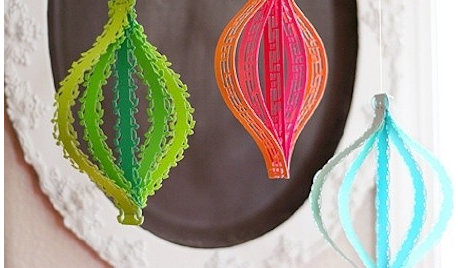
DECORATING GUIDES30 Beautifully Inventive DIY Christmas Decorations
Get inspired to decorate your home with these easy and affordable holiday crafts
Full Story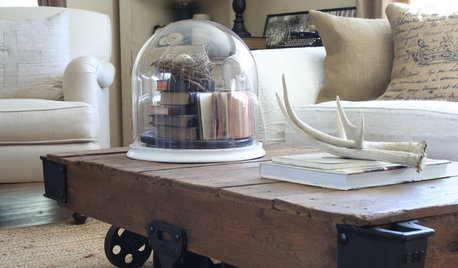
DECORATING GUIDESDecor From the Forest and Sea
See How to Add to Your Home With the Beauty Nature Hands You
Full Story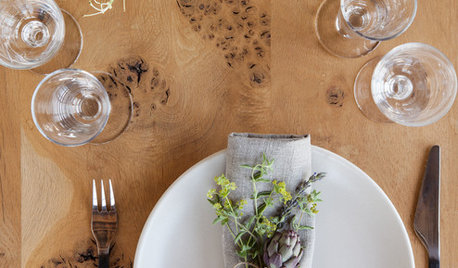
DECORATING GUIDESDecorating With Nature in Fall and Winter
Bringing the beauty of the changing seasons inside is easy and inexpensive. Here are 16 ideas to get you started
Full Story


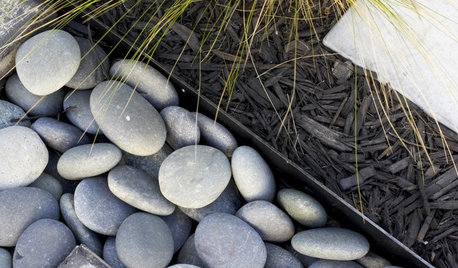

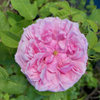


jerijenOriginal Author
strawchicago z5
Related Discussions
Winter Lettuce - Cloche or Plastic?
Q
Cloche ideas
Q
Looking for a source for inexpensive cloches
Q
artisan bread cloche pan?
Q
ms. violet grey
User
jerijenOriginal Author
mad_gallica (z5 Eastern NY)
User
windeaux
jerijenOriginal Author
cath41
ms. violet grey
melissa_thefarm
sherryocala
jerijenOriginal Author
sherryocala
jerijenOriginal Author